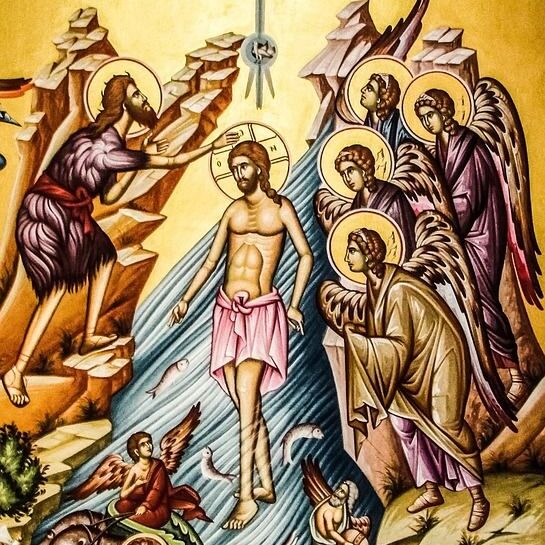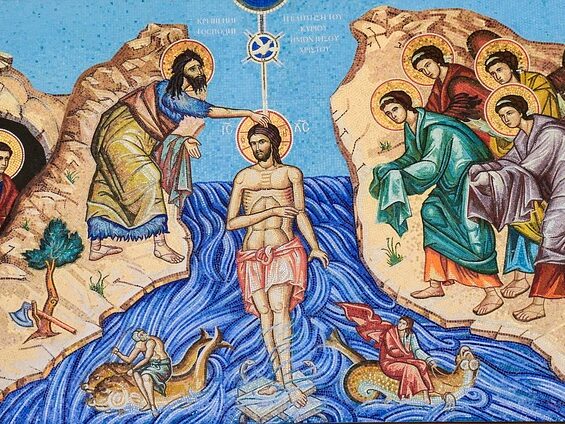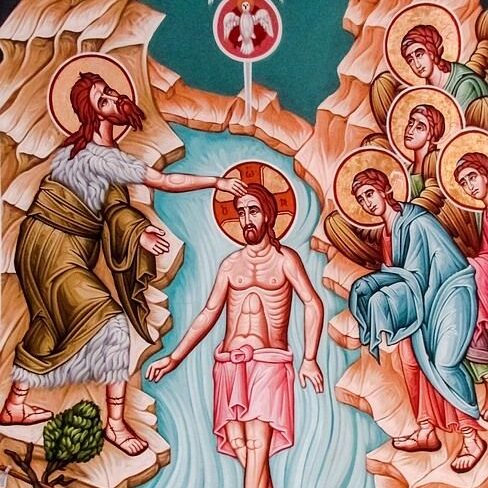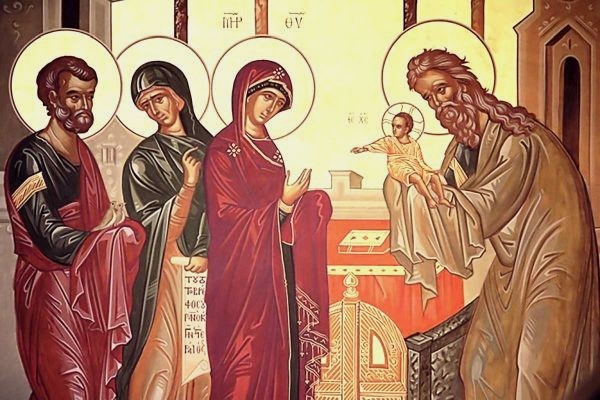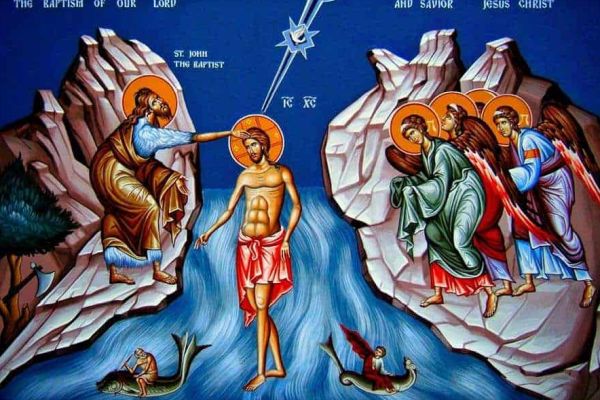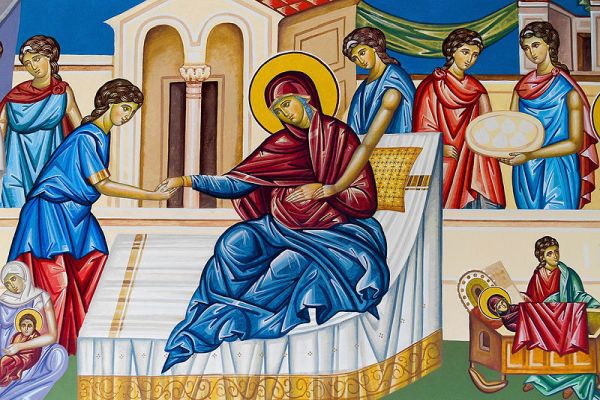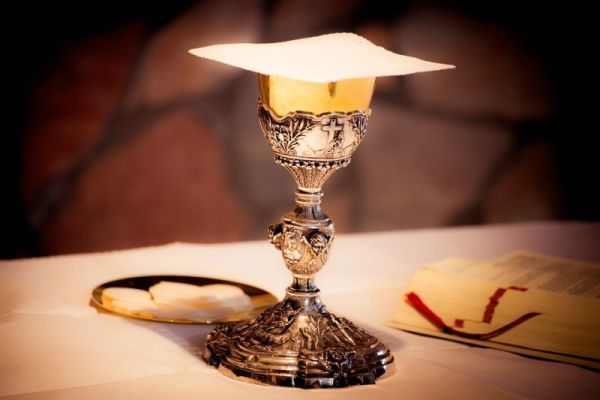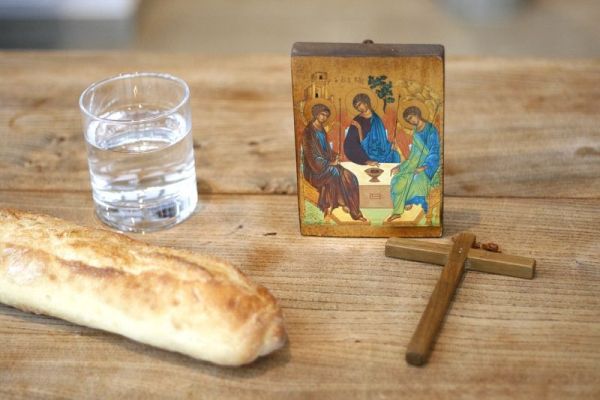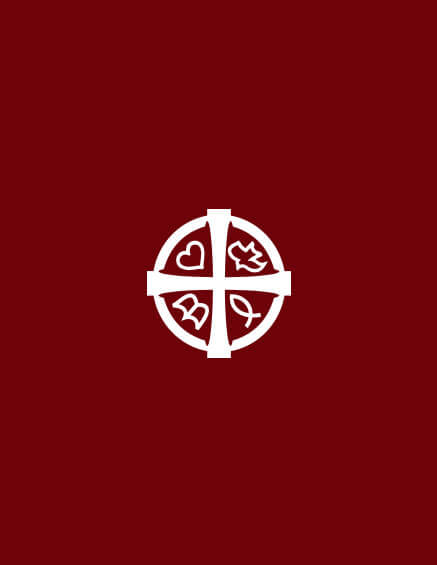The Feast of the Epiphany
The Epiphany of Our Lord and Saviour Jesus Christ (Theophany) is a feast day that celebrates when Jesus was baptized in the Jordan river. This twelfth day of Christmas is specifically dedicated to the epiphany (the manifestation or the appearing) of God in Christ, at the time of Christ’s baptism in the Jordan River by St. John the Baptist. It’s also called the ‘Theophany’ (manifestation of God or the shining-forth of God) as the Holy Trinity was revealed clearly to mankind for the first time1. This is also from when the public ministry of Jesus starts.
Date: The traditional date for the feast is January 62. The Feast of the Theophany is the culmination of the Christmas Season..
Season: Epiphany is not just an event but a season of the Church calendar. The season begins with Christmas, because Epiphany is all about how Christ was revealed to the world. The highlight of the season is of course the Feast of the Theophany. This season continues all the way up to the beginning of Great Lent.
Icon of the Feast
As in other icons, the icon of the Theophany does not focus on the historical setting, but conveys a much deeper spiritual meaning.
The icons of the feast shows the baptism of Christ in the Jordan River as recorded in the Holy Scriptures (St Matthew 3:16-17). We see St. John the Baptist bent in an attitude of reverence, reminding us that he knows he is not worthy to baptize the Son of God. Near his feet is an axe and a tree, reminding us of St. John’s sermon that we are called to bear fruits that reflect a life of repentance3.
In the centre of the icons, we see Christ standing in the Jordan wearing a waistcloth, and with His right hand He is blessing the waters of the Jordan. Above His head is the Holy Spirit descending as a dove upon Him. At the top of the icon, a semi-circle depicts the opening of the Heavens and the voice of God the Father.
On the right side of the icon angels are shown with their heads bowed in reverence to Christ.
The creatures riding fish at the bottom represent the bodies of water bodies (rivers, seas) and all that is in them fleeing at the sight of their Creator entering the water. The church fathers interpreted this as the fulfilment of psalms such as Psalm 76:15* (The waters saw Thee, O God, the waters saw Thee and were afraid) and Psalm 113:3* (The sea beheld and fled, Jordan turned back).
Significance of the Epiphany
Event
The event of the baptism of Christ is very important as it tells us two things – Who Jesus is and what He came to earth for.
1. Who is Jesus?The answer is publicly declared here for the first time in history, declared by God Himself that Jesus was His Son. And suddenly a voice came from heaven, saying, “This is My beloved Son, in whom I am well pleased.”4 But more than that, this is the first Theophany (revelation of God) of the Holy Trinity – here we hear the voice of the Father, calling Jesus His beloved Son, upon whom the Holy Spirit descends simultaneously in the presence of all who had gathered there.
2. What did Jesus come to earth for?The Scriptures tell us that Jesus came to become the Lamb of God who would take upon the sin of the world upon Himself. As the theologian Vladimir Lossky points out, baptism is a sign of death and when Jesus got baptized in Jordan, He identified completely and totally with us sinners. And as the Apostle Paul says in his letter, He became sin for us5. He became a curse for us. He became what we are (sinners) so that we could become exactly what He is (share in His divine nature).
A new creation: In addition to these, something else also took place during the baptism of Jesus in the Jordan river – the renewal of creation itself!
The Church Fathers teach us that Christ, being sinless was not in need of the baptism in and with water, but rather that the waters were in need of being sanctified by Christ.
Water is the core element of life. In fact when scientists look for life on other planets, they first look for any traces of water, because without water life cannot be sustained! Water was there during creation itself (Gen 1:2). So, when Jesus gets baptized in water, symbolically, the entire creation itself was being sanctified. Or in other words, it was really the Jordan and all of creation that was being baptized in Christ. This is the beginning of a new creation in Christ. The whole of creation which was corrupted by the effects of sin is now being renewed in the presence of its Creator who had come to establish the Kingdom of heaven on earth!
That is why, during the Feast of Epiphany, we take the cross (symbolizing Christ) and put it into water – showing that the waters and through it (symbolically) everything else has been purified. This sacred act during the Feast of Epiphany is called ‘the Blessing of the Waters’.
As one of the hymns sung during the Feast says “At Thine appearing in the body, the earth was sanctified, the waters blessed, the heaven enlightened, and mankind was set loose from the bitter tyranny of the enemy.”
How the Feast is celebrated
(Blessing of the Waters)
What is unique about Epiphany is that it is during the celebration of the Divine Liturgy of this feast that the Church performs the ‘Great Blessing of the Waters’. This ceremony is usually performed with priests blessing water either in a container (glass jar) or even large bodies of water (sea, rivers or lakes) being blessed. This blessed water is then used for house blessings6.
Bringing the blessing to our homes – As Orthodox Christians we believe that our homes are an extension of the church; sometimes the home is called the ‘little church.’ The act of blessing of our homes with these holy waters each year, is a way in which we declare, establish and maintain the spiritual connection between our homes and our church. In other words, since our homes cannot be brought to the church, the church – by the hands of the priest and the deacons and elders are brought to our homes!
So, what happens after the Feast?
In the days following the Feast of Epiphany and the Blessing of Waters, the priest personally visits the families of his parish, prays, sanctifies and blesses them, their home and its surroundings with the blessed water7. This act, done right at the beginning of the normal calendar year, is considered as a very special and blessed one – an act where we ask for God’s blessings, on us, our house and all what we have. What a blessed way to begin the new year!
1For the western churches, the Epiphany feast principally commemorates the visit of the Magi to the Christ Child, which is seen as evidence that Christ the Jewish Messiah also came for the salvation of the Gentiles.
2Some of the Orthodox churches that follow the Julian calendar celebrate Epiphany on January 19, since their Christmas Eve falls on January 6.
3Matt 3:10 – “Every tree that does not bear good fruit will be cut down…
4Matt 3:17
52 Corinthians 5:21
6 The blessing is normally done twice: once on the Eve of the Feast—usually at a Baptismal font inside the church—and then again on the day of the feast, outdoors at a body of water. Following the Divine Liturgy, the clergy and people go in a Crucession (procession with the cross) to the nearest body of water, be it a beach, harbor, river, lake, swimming pool etc. (ideally, it should be a body of “living water”). At the end of the ceremony the priest will bless the waters. In some traditions, the priest blesses the waters by throwing a cross into the water body.
7 Since the season of Epiphany continues after the Feast, the process of blessing homes can continue in large congregations until when the season ends with the beginning of Great Lent.
*Orthodox Study Bible
